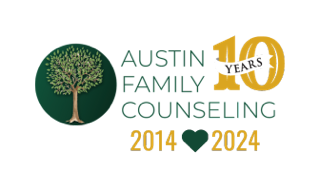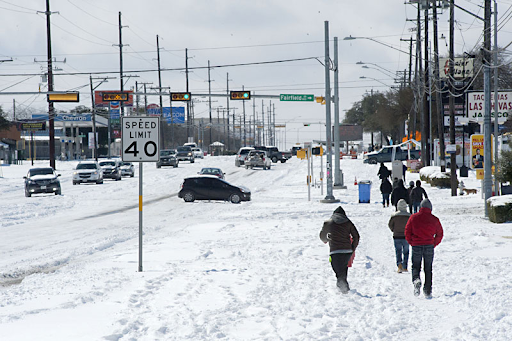I am sure you have heard the term post-traumatic stress disorder (PTSD). It is so easily thrown around in the media, television shows and movies. It is hard with all this information in our culture about PTSD to really know what is fact and what is myth.
It is helpful to know what PTSD really is before going any further. PTSD is a group of symptoms mental and physical that combine together due to a trauma experience. This experience has to be of such a high level that the individual felt that he/she was going to die. This complicates the diagnosis since my level of feeling threatened enough to feel like I am going to die is different than yours.
Trauma can be considered “little t” traumas and then “Big T” trauma. Big T traumas are those that usually have an external cause. These are serious vehicular accidents, sexual assault, military service. “Little t” traumas are those that are more personal, not life threatening traumas; examples of these are : braking a bone, verbal abuse, harassment.
There is a third category of how you can acquire PTSD. Those would be secondary traumatic events. These are experiences a person has from watching a trauma of someone else; this would include 9/11, watching someone die, hearing a person describe their trauma. 9/11 is a special category since never before had so many people witnessed a loss of life and destruction in history. Across the world we watched and felt a fear of impending doom. Many people within weeks were seeing their doctor for feeling that had never occurred to him/her.
Trauma can be divided into two diagnoses depending on how much time has passed since the traumatic incident. If your experience happened in less than 30 days before and you are showing symptoms of the trauma you would be diagnosed with Acute Stress Disorder. If the incident was over 30 days before then your diagnosis would fall into the category of Post Traumatic Disorder. The symptoms of both of these disorders is the same.
Post-Traumatic Stress Disorder has many symptoms. You can think of all of the symptoms of PTSD in a big pot. Not every person has the same PTSD response to trauma. It is a wide range of symptoms.
Mental & Emotional Symptoms Include:
• Intrusive thoughts
• Nightmares
• Flashbacks
• Emotional distress after exposure to traumatic reminders
• Trauma-related thoughts or feelings
• Negative affect
• Trauma-related reminders
• Inability to recall key features of the trauma
• Overly negative thoughts and assumptions about oneself or the world
• Exaggerated blame of self or others for causing the trauma
• Decreased interest in activities
• Feeling isolated
• Difficulty experiencing positive affect
• Difficulty concentrating
Physical Symptoms Include:
• Irritability or aggression
• Physical reactivity after exposure to traumatic reminders
• Risky or destructive behavior
• Hyper vigilance
• Heightened startle reaction
• Difficulty sleeping
You don’t need to have all of these symptoms to be diagnosed with PTSD. There are a few requirements as these symptoms are broken into categories. Each of these symptoms can be effecting a person from “mild” to severe. I put mild in “ “ because any of these symptoms experienced in its mild form can significantly effect a person’s life.
Treatment Options
There is treatment for PTSD. In the past there weren’t too many ways to heal from PTSD.
First, you need to see a doctor to get properly diagnosed. This can be your general practioner or a psychiatrist. I encourage using a psychiatrist since a psychiatrist has had special training to identify this disorder among others. Once diagnosed then you can create a treatment plan. A doctor can prescribe medication to help with the symptoms, but medication will not help heal PTSD. Some form of therapy is necessary. Talk therapy can help along with giving you coping skills. You can meet with someone who is non-judgmental can be extremely freeing.
The best therapy for trauma experiences is EMDR, eye movement desensitization and reprocessing. The way traumas are retained in your brain is very different from regular memories. EMDR is able to resolve PTSD by addressing each issue related to your trauma. There is little talking involved and the counselor will not explore feeling in the traditional way. Often old memories that are somehow connected to the current trauma can also come up and be resolved.
The best thing you can do is to explore what options work for you. If you try one option and it doesn’t work, keep exploring. Each person heals in his/her own way. If you are using medication and do not feel that it is helping you then call your doctor or psychiatrist. Don’t’ give up. There is help available to you.












